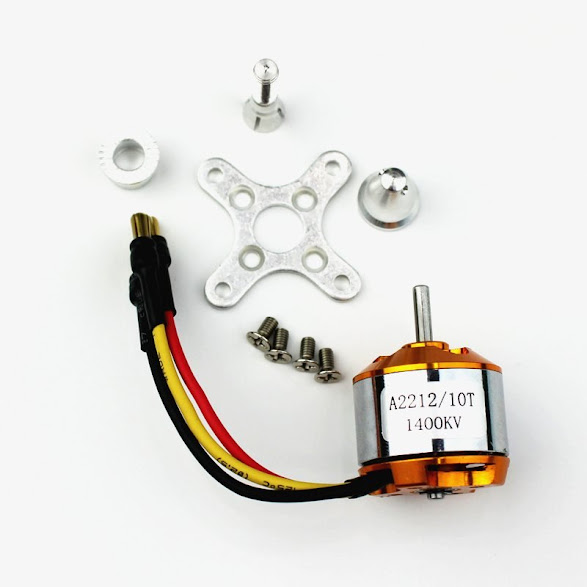Introduction: Brushless motors have become an integral part of various modern technologies, from electric vehicles to industrial machinery. Their efficient and reliable performance has made them a popular choice in many applications. In this article, we will explore what brushless motors are, how they work, their advantages over traditional brushed motors, and their wide-ranging applications.
Table of Contents:
1.Overview of Brushless Motors
2.How Brushless Motors Work
3.Advantages of Brushless Motors
4.Applications of Brushless Motors
5.Comparison with Brushed Motors
6.Maintenance and Care of Brushless Motors
7.Future Trends in Brushless Motor Technology
Conclusion
1. Overview of Brushless Motors: A brushless motor, also known as a BLDC (Brushless Direct Current) motor, is an electric motor that operates without the use of brushes and commutators. Instead, it relies on electronic commutation to control the motor's rotation. Brushless motors are designed to provide high power output, increased efficiency, and reduced maintenance compared to their brushed counterparts.
2.How Brushless Motors Work: Brushless motors consist of a rotor with permanent magnets and a stator with electromagnets. The rotor magnets create a magnetic field, while the stator's electromagnets produce a rotating magnetic field. This interaction between the rotor and stator generates rotational motion.
The commutation process in brushless motors is managed by an electronic controller. The controller monitors the rotor's position using sensors or back electromotive force (EMF) feedback. It then adjusts the current flow through the stator coils to maintain optimal torque and speed.
3. Advantages of Brushless Motors: Brushless motors offer several advantages over brushed motors, including:
4. Higher Efficiency: Brushless motors eliminate the energy losses associated with brushes and commutators, resulting in improved efficiency and reduced heat generation.
Greater Power-to-Weight Ratio: The absence of brushes allows brushless motors to be lighter and more compact while providing higher power output.
Longer Lifespan: With no physical contact between brushes and commutators, brushless motors experience minimal wear and have a longer operational life.
Precise Speed Control: The electronic commutation of brushless motors enables precise control over speed, acceleration, and deceleration, making them ideal for applications that require accurate motion control.
Reduced Electromagnetic Interference: Brushless motors generate less electrical noise and interference, making them suitable for sensitive electronic devices.
Applications of Brushless Motors: Brushless motors find applications in various industries and technologies, including:
Electric Vehicles: Brushless motors power electric and hybrid vehicles, providing efficient propulsion and regenerative braking capabilities.
Industrial Machinery: They are used in robotics, CNC machines, conveyor systems, and automated manufacturing processes.
Aerospace and Drones: Brushless motors drive the propulsion systems of unmanned aerial vehicles (UAVs) and are vital for their stability and maneuverability.
HVAC Systems: Brushless motors are employed in fans, blowers, and compressors for heating, ventilation, and air conditioning systems.
Consumer Electronics: They can be found in computer cooling fans, hard drives, camera lenses, and drones for recreational use.
Medical Devices: Brushless motors are used in surgical tools, prosthetics, and medical pumps due to their precise control and low maintenance requirements.
5. Comparison with Brushed Motors: Brushed motors, while simpler in design, have limitations compared to brushless motors. Brushed motors use brushes and commutators to achieve commutation, which introduces friction, heat, and wear. As a result, brushed motors have lower efficiency, shorter lifespan, and limited speed control capabilities. Brushless motors overcome these limitations,






0 Comments